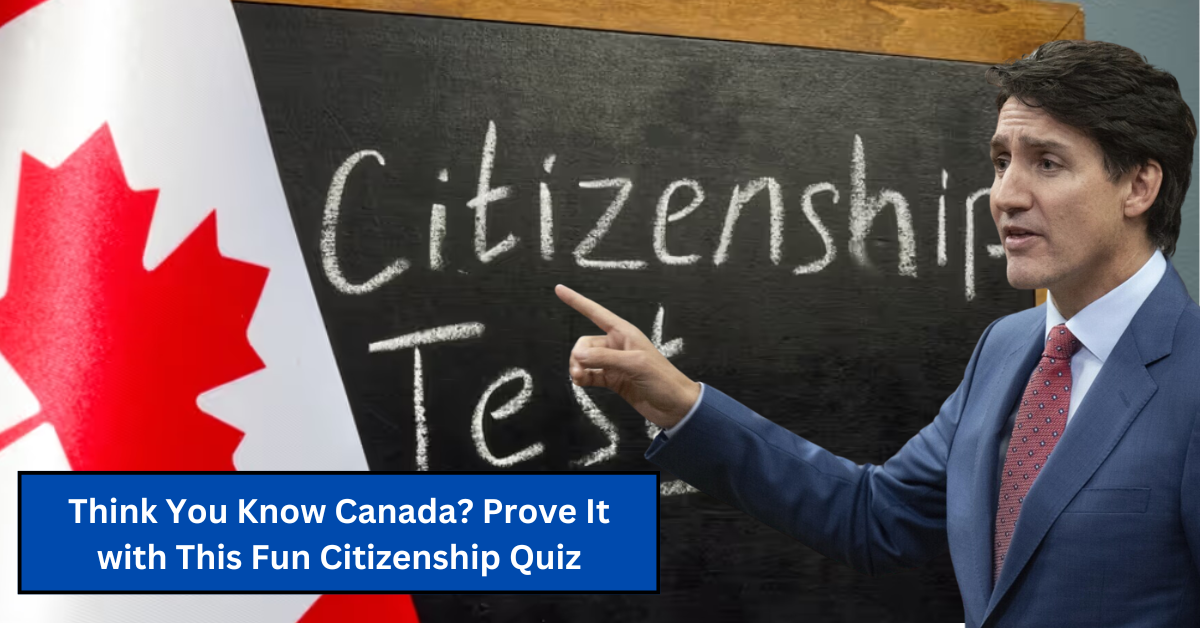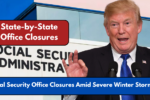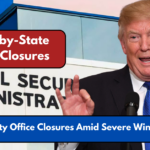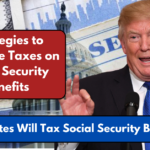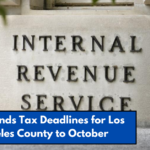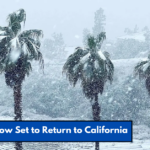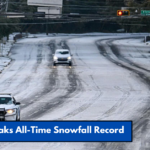Becoming a Canadian citizen is a milestone for immigrants, signifying their integration into the country’s values, rights, and history. But did you know that even many Canadian-born individuals find it hard to pass their own citizenship test? This surprising fact sheds light on the gaps in understanding of Canada’s rich history, government structure, and cultural values.
Let’s dive deeper into what the Canadian citizenship test entails, why so many struggle with it, and how it’s an opportunity for everyone to improve their knowledge of Canada.
What Is the Canadian Citizenship Test?
The Canadian citizenship test is a vital step for newcomers seeking citizenship. It evaluates their grasp of Canadian history, geography, government, and values. The test aims to ensure that new citizens understand the country’s foundation and responsibilities.
Key Features of the Test:
- Format: 20 multiple-choice or true/false questions.
- Passing Score: At least 15 correct answers (75%).
- Topics Covered:
- Canadian History
- Government and Law
- Rights and Responsibilities
- Symbols and Traditions
Applicants often prepare using the official study guide, Discover Canada. This resource provides detailed insights into the knowledge required to pass.
Why Do Canadians Struggle With Their Own Test?
If you plan on taking the Canadian 🇨🇦 Citizenship test anytime in the future, save this video ☟ pic.twitter.com/mwGDPaCQnF
— Jessica Ayodele (@jessica_xls) June 19, 2024
A survey conducted by Leger revealed that only 23% of Canadians could answer seven out of ten questions correctly on a simplified version of the citizenship test. The average score? Just 49%, far below the passing mark.
Possible Reasons:
- Lack of Formal Study: Unlike immigrants who study diligently, most Canadians haven’t formally learned about topics like political structure or historical events in depth.
- Complacency: Many assume they know enough through lived experiences or schooling, underestimating the detailed knowledge required.
- Educational Gaps: Schools may not cover some aspects of Canadian history or government extensively, leaving knowledge gaps.
Why It Matters?
The citizenship test isn’t just about ticking a box to earn a passport. It’s a tool to foster a deeper connection with Canada’s culture and values. For immigrants, it’s an introduction to their new home. For native-born Canadians, it’s an opportunity to reflect on their identity and shared heritage.
Understanding Canada’s rights, responsibilities, and history fosters a sense of unity and belonging. It’s a reminder that being a citizen goes beyond living in the country—it’s about participating in its journey.
Could You Pass the Test?

Take a moment to reflect: How well do you know Canada’s history, governance, and cultural symbols? Challenge yourself and others by exploring key topics or taking a sample quiz. It’s a fun and educational way to deepen your understanding of what makes Canada unique.
Whether you’re a newcomer or a lifelong Canadian, enhancing your knowledge of the country strengthens your connection to the community around you. So, why not start today? After all, being informed is a step toward being more engaged as a citizen.
Which province was split into two at Confederation?
- Was it the Province of Canada, Newfoundland, Upper Canada, or Lower Canada?
Answer: The Province of Canada.
Which was the last province to join Canada?
- Could it have been Alberta, Newfoundland, British Columbia, or Saskatchewan?
Answer: Newfoundland.
What should you do if you do not receive a voter information card telling you when and where to vote?
- Should you call your Member of Parliament, go to the police station, contact Elections Canada or visit their website, or assume you cannot vote?
Answer: Call Elections Canada or visit their website.
In the 1960s, Quebec experienced an era of rapid change. What is this called?
- Was it La Francophonie, the West Movement, the Quebec Movement, or the Quiet Revolution?
Answer: The Quiet Revolution.
Who is Canada’s largest trading partner?
- Is it China, Mexico, Great Britain, or the US?
Answer: The US.
When did the British North America Act come into effect?
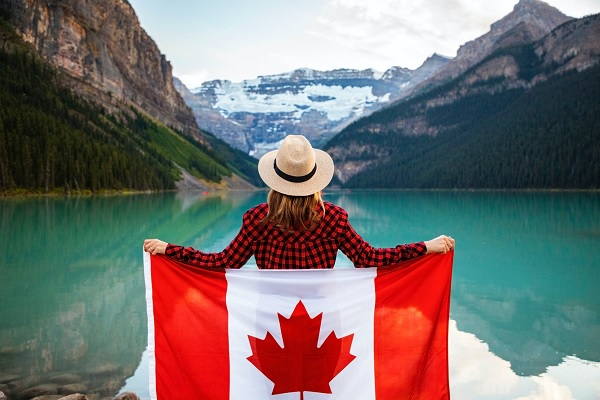
- Was it in 1905, 1867, 1871, or 1898?
Answer: 1867.
In Canada, are you allowed to question the police about their service or conduct?
- Is it true that you can do so if you feel the need, only question their service but not conduct, only question their conduct but not service, or is it not open to discussion at all?
Answer: Yes, if you feel the need to.
Which province was the first to grant voting rights to women?
- Was it Manitoba, Quebec, Ontario, or Nova Scotia?
Answer: Manitoba.
What is the difference between the role of the Sovereign and that of the Prime Minister?
- Is it that the Sovereign is the guardian of Constitutional freedoms and the Prime Minister handles government operations?
- Or does the Sovereign link Canada to 52 other nations, while the Prime Minister is the guardian of Constitutional freedoms?
- Could it be that the Sovereign is Head of State and the Prime Minister oversees provincial policies?
- Or is the Sovereign the symbol of Canadian sovereignty and the Prime Minister her aide?
Answer: The Sovereign is the guardian of Constitutional freedoms, and the Prime Minister selects the Cabinet ministers and is responsible for operations and policy of government.
The Peace Tower of the Parliament Buildings was completed in 1927 in honour of what?
- Was it to honour the Fathers of Confederation, the First Nations people, the War of 1812, or the First World War?
Answer: The First World War.
Name two responsibilities of the federal government.
- Is it recycling and education, citizenship and highways, national defence and foreign policy, or national defence and firefighting?
Answer: National defence and foreign policy.
After a federal election, which party forms the new government?
- Is it the party with the most elected representatives, the Premiers of each province selecting the party, the King himself choosing a party, or the Governor General proposing a law to elect officials?
Answer: The party with the most elected representatives is invited by the Governor General to become the party in power.
What does the “right to a secret ballot” mean?
- Does it mean you can vote in secret on who to appoint to the Senate, that no one can watch your vote or know how you voted, that no one should tell you where to vote, or that it’s a secret vote used by politicians?
Answer: No one can watch your vote, and no one should know how you voted.
Approximately how many Canadians served in the First World War?
- Was it about 60,000, 8 million, more than 600,000, or 7,000?
Answer: More than 600,000.
How are Senators chosen?
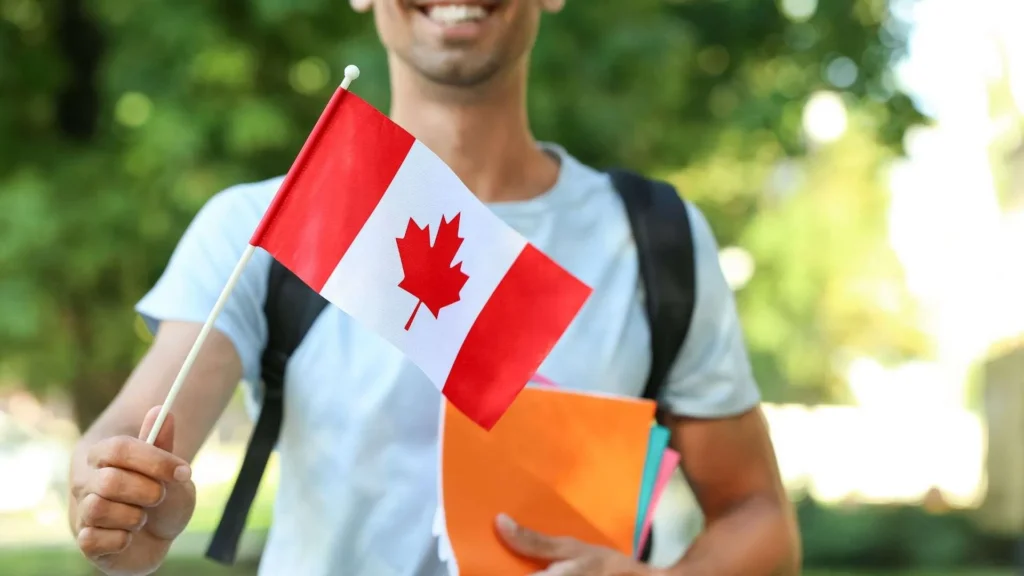
- Are they chosen by the Premiers of all provinces, the Governor General, the King, or by the Governor General on the advice of the Prime Minister?
Answer: Senators are appointed by the Governor General on the advice of the Prime Minister.
Who was Sir Louis-Hippolyte La Fontaine?
- Was he Canada’s first federal court judge, the first head of a responsible government in Canada, the inventor of the cummerbund, or the leader of the French rebellion of 1873?
Answer: The first head of a responsible government in Canada.
What types of cases are heard by the Federal Court of Canada?
- Is it serious crimes like murder, matters concerning the federal government, international trade matters, or all of the above?
Answer: Matters concerning the federal government.
Where does Canada rank among the world’s largest countries?
- Is it third, fourth, second, or first?
Answer: Second.
Name the five Great Lakes.
- Are they Erie, Huron, Michigan, Ontario, and Superior; Erie, Huron, Niagara, Ontario, and Superior; Erie, Hudson’s Bay, Michigan, Ontario, and Superior; or Erie, Huron, Michigan, Ontario, and Simcoe?
Answer: Erie, Huron, Michigan, Ontario, and Superior.
From where does the name “Canada” come?
- Does it come from the French word for joining, from “Kanata,” the Huron-Iroquois word for village, from the Métis word meaning rivers, or the Inuit word meaning country?
Answer: From “Kanata,” the Huron-Iroquois word for village.
This article has been carefully fact-checked by our editorial team to ensure accuracy and eliminate any misleading information. We are committed to maintaining the highest standards of integrity in our content.
Premlata is a seasoned finance writer with a keen eye for unraveling complex global financial systems. From government benefits to energy rebates and recruitment trends, she empowers readers with actionable insights and clarity. When she’s not crafting impactful articles, you can find her sharing her expertise on LinkedIn or connecting via email at biswaspremlata@gmail.com.

